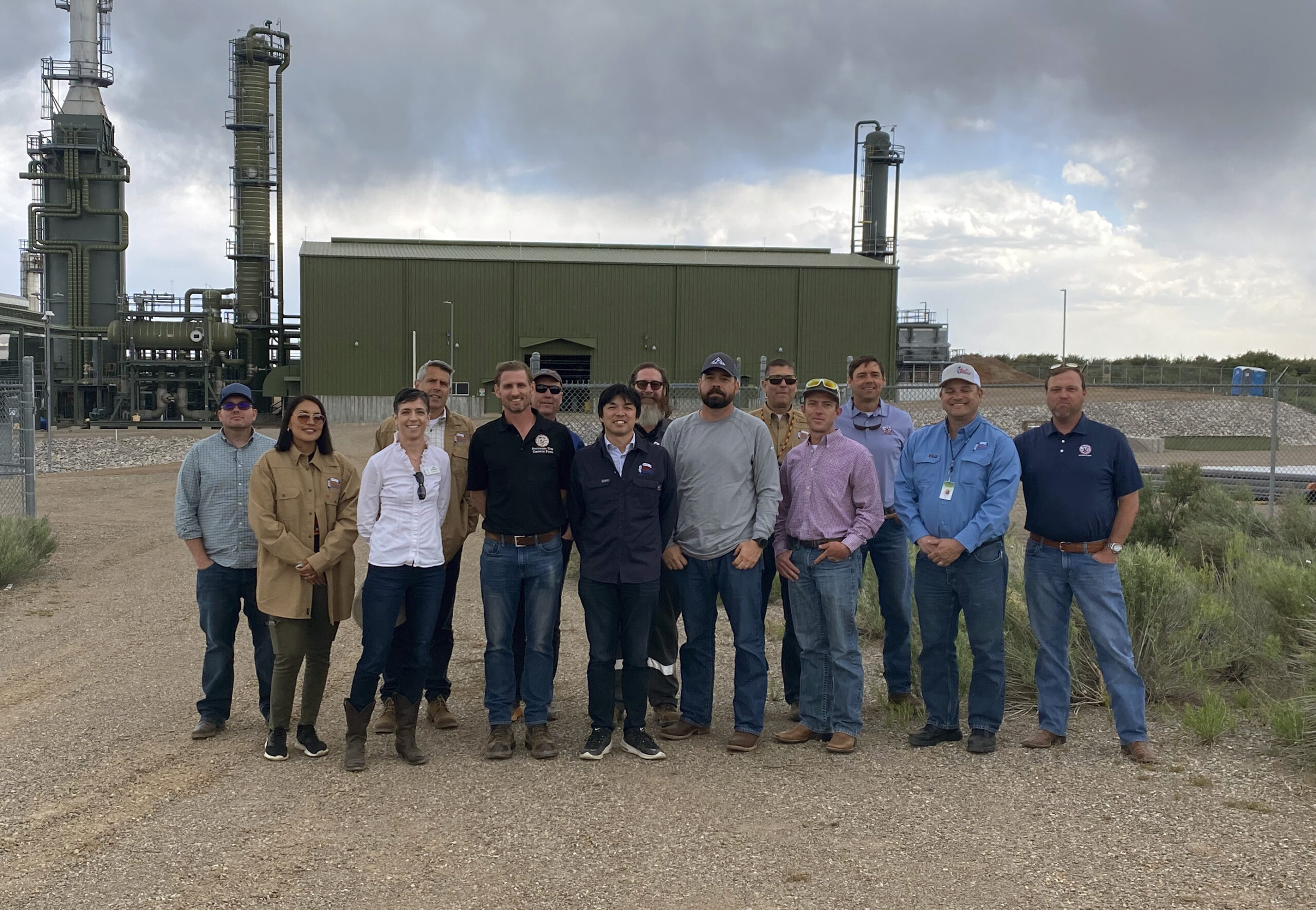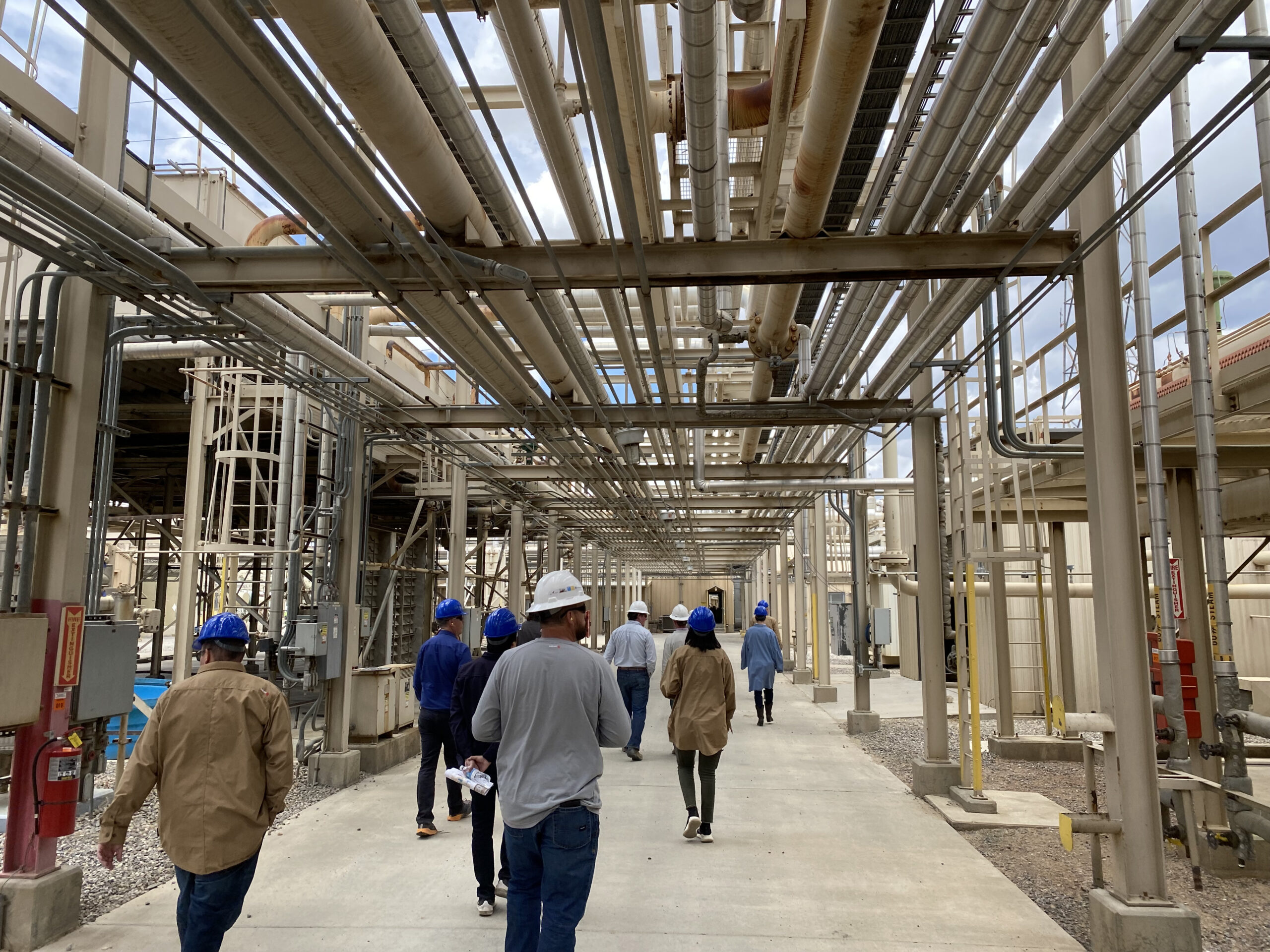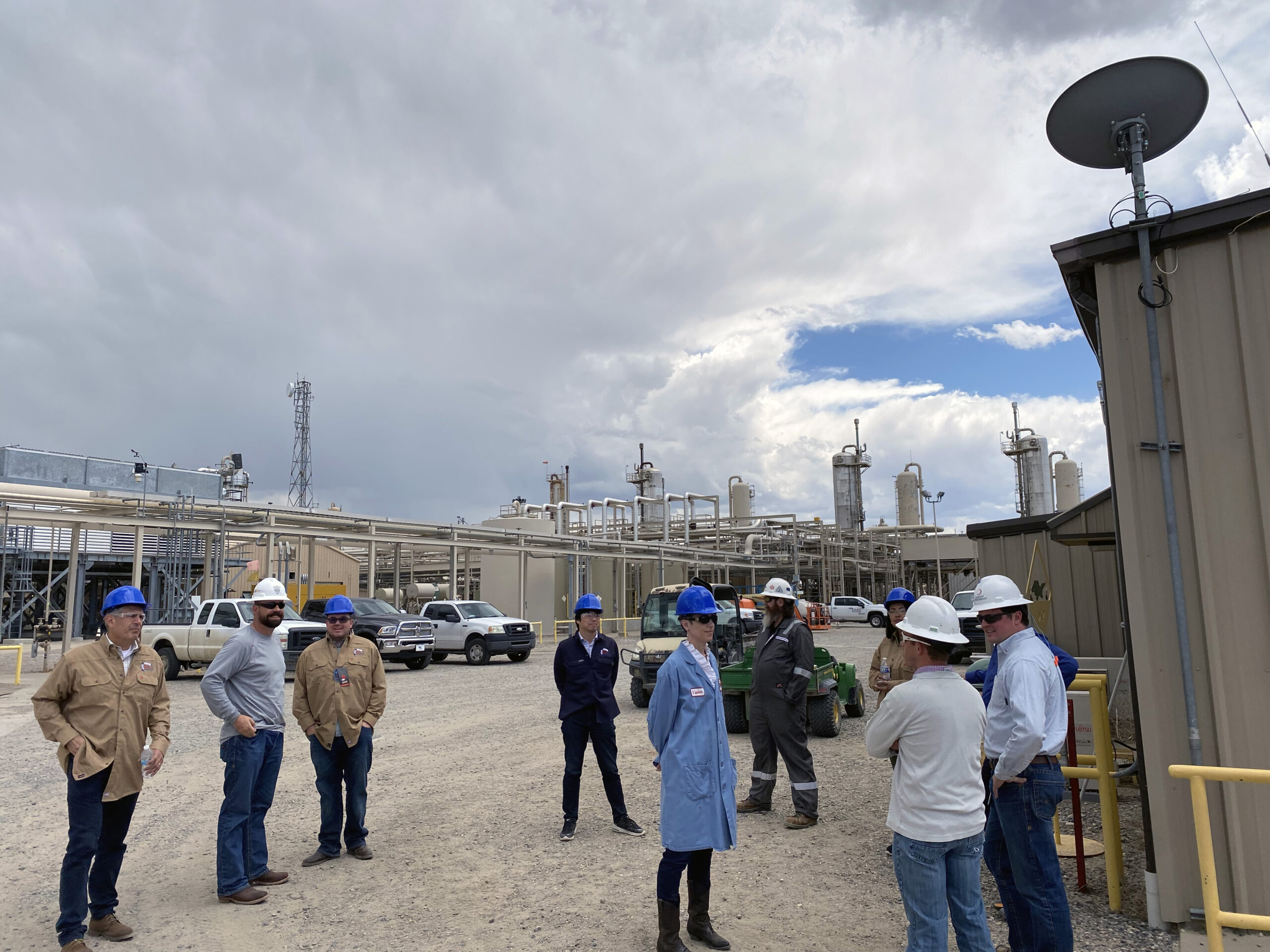Dear WSTN members and friends,
I wanted to share some takeaways and details from our meeting last week in Ignacio, Colo., hosted by the Southern Ute Growth Fund (SUGF) – and the important, momentum-building goals we set during the two-day visit.
Firstly, I want to thank the Southern Ute Growth Fund for hosting us on tribal lands, and all parties involved for their hospitality and support in making this meeting successful, educational and productive.
On day one, we fanned out across Southern Ute lands for an insightful look at the Tribe’s world-class oil, natural gas and carbon capture operations, run by Red Willow. The successful implementation of the Tribe’s vision to convert their natural resources into a force to advance their tribal members’ future in perpetuity is a model worth emulating; and seeing an important component of it in action was eye-opening, to say the least.
On the second day, we gathered to pick up where we left off after our successful Washington, D.C., visit. We learned firsthand from a delegation from the Japan Organization for Metals and Energy Corporation (JOGMEC) about their perspective on the global LNG market and the role it plays for future decarbonization. In particular, the team shared how the combined efforts of WSTN and other U.S. trade organizations helped support the Japanese government’s successful efforts to have LNG included in the final communique of the Japanese-hosted G7 Summit – over European objections.
Later that day, we were joined by David Challman with Sempra Infrastructure Partners who provided an overview on Sempra’s LNG operations. We look forward to continue building our constructive relationship with Sempra.
Our panel discussion drew out a bold vision for a West Coast LNG-to-hydrogen future. Bryan Hassler – WSTN’s secret weapon because of his expansive knowledge of the West Coast gas markets – sketched out a powerful strategy developed in concert with WSTN. Bryan’s presentation examined gaps in Western gas infrastructure and the negative cost implications they can impose on California retail prices; how building a new hydrogen-ready pipeline or upgrading existing ones incrementally could become politically and financially feasible; and lastly, how those actions could create an insurance policy for the West Coast against price spikes.
Wyoming Energy Authority Program Director Anja Richmond shared her experience developing the Western Interstate Hydrogen Hub (WIH2) proposal with counterparts from New Mexico, Colorado and Utah, seeking a $1.25 billion grant from the U.S. Department of Energy. A key takeaway from her insightful presentation is that opposing ideologies can work together when they are working on technology, illustrative of how four states with different politics were able to unite on a common energy vision.
At the close of our meeting, we had a robust question and answer session and agreed on immediate action items including:
- Exploring a formal MOU with the JOGMEC, similar to the one developed by the Province of Alberta.
- Looking at diversifying LNG projects and export options beyond Costa Azul.
- Integrating the governments of the state of Arizona and Navajo Nation into the WSTN MOU.
- Working with states and midstream operators to vet financing options for infrastructure buildout.
- Developing a framework document to begin further developing the vision our panel sketched out.
I’ll have more to share soon, but want to thank all those who attended, our speakers and panelists and once again, the Southern Ute Growth Fund for their unparalleled hospitality.
Sincerely,
Andrew Browning
Western States and Tribal Nations Natural Gas Initiative






